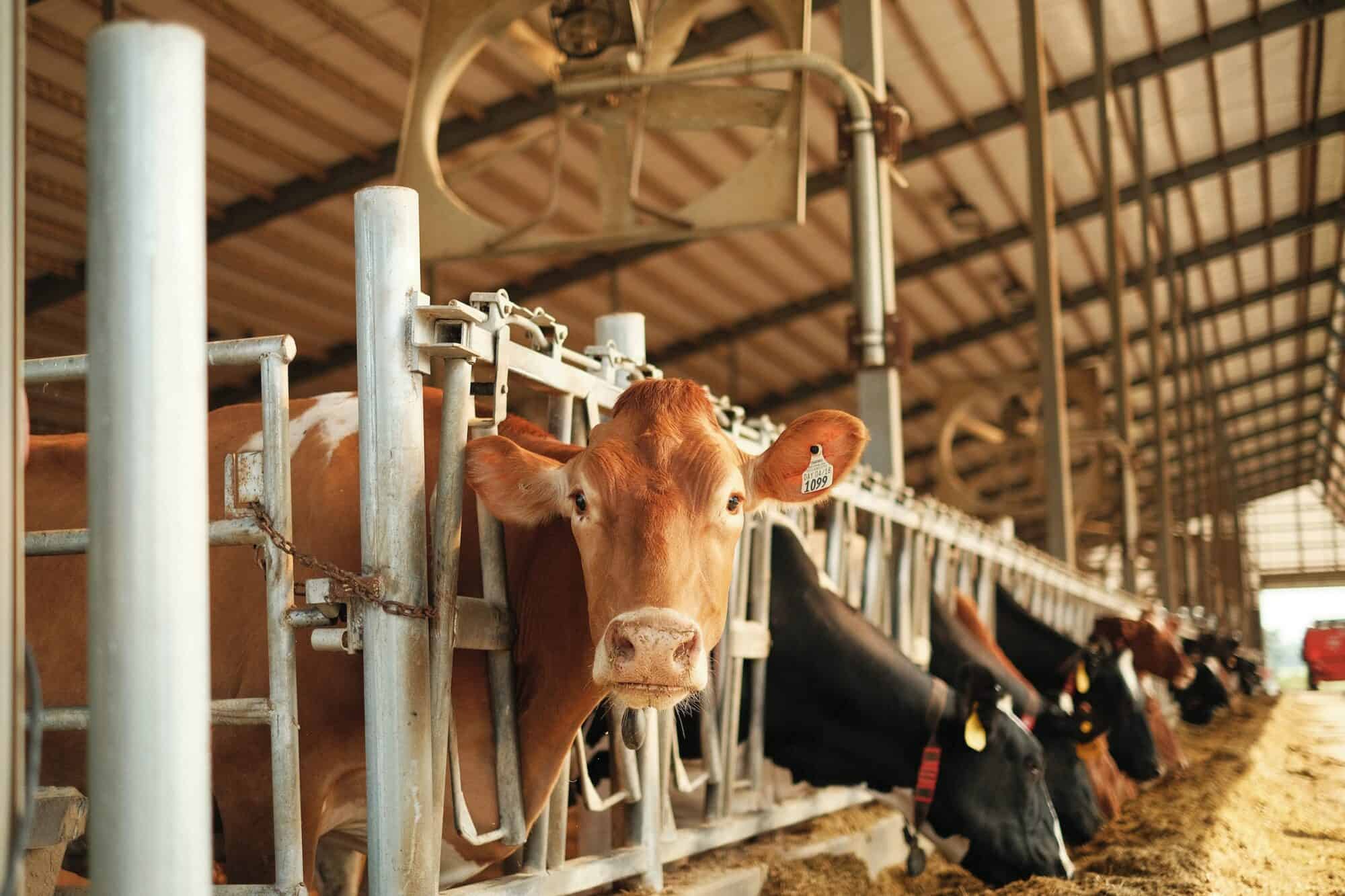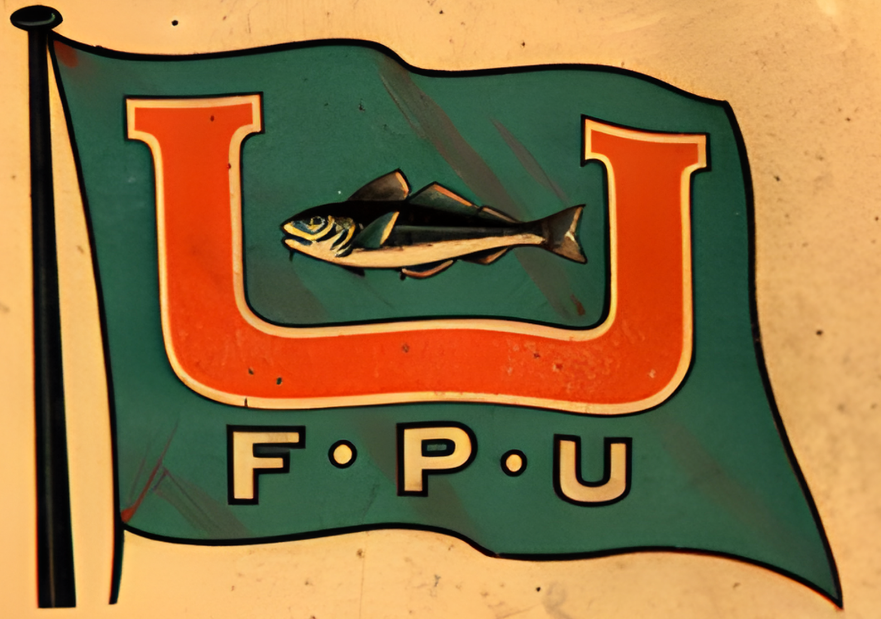The way we manage our milk supply is being scrutinized by our trading partners in the Trans-Pacific Partnership negotiations. They don’t like how farmers run the dairy industry and want the federal government to let them in to sell us their products. This country’s think tanks and pundits have lined up to lambaste the system.
Forget about debate, this has been a virtual stoning.
In all the cacophony, there have been few voices raised in support of supply management — other than the dairy farmers themselves and the federal Opposition. And we’re hearing little rational assessment of what we’ve gained from half a century of supply management.
What is it anyway?
Supply management works the way it sounds — it’s a process that controls the production of food stuffs so that supply meets demand. In Canada, farmers produce only the dairy, poultry, and eggs we need for both domestic consumption, as well as for processing (chicken, turkey, and eggs are all under supply management whereas beef and pork are not.)
That means only those farmers who have quota are allowed to produce these foods in large quantities. Then, the marketing board calculates the sale price by taking into account the farmers’ costs of production.
To make sure that the price a consumer pays for food actually covers the cost of production is a pretty radical concept. Just ask a vegetable or a hog farmer if the price they sell their products at covers their costs of production. Chances are, they’ll say no. A farmer who sells hogs or broccoli into the food system is more likely to be a price taker. Because of widespread consolidation in the food industry, farmers have little choice but to take the price being offered by the buyer, regardless of whether or not it covers their costs.
Not so under supply management, which is why the system has helped to support family farmers and the rural communities we depend on for our home-grown food. Bruce Muirhead, a University of Waterloo professor who studies supply management and similar regulatory frameworks around the world, says supply management helps to keep rural communities alive.
“In Canada, the average dairy farm has 77 cows,” says Muirhead. This smaller herd can provide a stable income to support a family—remember, their costs are covered by the price the consumer pays for the product. Compare that to the United States where large industrial farms have herds into the thousands. “If you have one farm with 10,000 cows, it doesn’t contribute to the robustness of rural communities,” he says. Instead, it transforms the countryside into a factory, hollowing out communities and replacing smaller farms with enormous enterprises.
Supply management has also given Canada a high-quality, price stable source of dairy. In other countries that have eliminated supply management—including New Zealand that is chomping at the bit for us to get rid of ours—prices for dairy are highly volatile, says Muirhead.
One reason our trading partners want us to ditch supply management, so they can sell us milk, is because the global market is saturated.
Demand for milk is down in China where they are starting their own farms, and Russia is no longer importing milk from Western Europe. Add to this the European Union’s recent removal of dairy quotas and oversupply in the US and you’ve got a world swimming in surplus milk. The US Dairy Export Council’s August market watch warns that “conditions for U.S. exporters will remain especially challenging.” In the United States, dairy farming is getting bigger and bigger in an attempt to reach an economy of scale; in that market the price paid isn’t guaranteed to cover costs of production.
The Canadian consumer is looking mighty attractive — if they could just get their milk across the border.
The environmental damage associated with large livestock farms is well documented — from manure lagoons seeping into the drinking supply to huge greenhouse gas emissions. A recent New York Times article described communities plagued by health-endangering air pollution.
The reason the sustainable food movement hasn’t come out in defence of supply management is because it isn’t a perfect system. Small, organic farmers can’t get quota to sell more than 100 chickens and a few eggs and it is illegal to sell milk—particularly unpasteurized—outside of the system. But Rod MacRae, associate professor in the faculty of Environmental Sciences at York University and a food policy analyst, says that supply management is in fact a great way to help make a food system more sustainable. “Environmental degradation—this is a symptom of market failure,” he says. “There’s the potential to use the supply management model to seriously encourage sustainable production.”
For those of us who live in the city where the only farms we see are in the bucolic logos on supermarket products, this issue may feel remote, if not irrelevant. But if we want a sustainable food system that supports our rural communities and feeds our cities with the same high quality food we’ve grown used to, then this is an issue Canadians should be paying attention to.
“If you value rural life in some way. If you get pleasure driving through the countryside and going to farmers’ markets,” says MacRae. “The more we are integrated into the trade deals the more that will deteriorate.”





